[And now for a piece from the 21st Century perspective for new visitors]
What is Galactic Journey? It's a time machine, sure, but what does that mean?
Galactic Journey is so staggeringly big, so comprehensive, that I suspect even our fans don't know all of its facets. We review every SFF story that comes out, but did you know we’re also a TV station? A radio broadcaster? A LARP?
Strap in—we're taking a ride:

At its heart, Galactic Journey is a blog—or to use a more period term, a ‘fanzine’—written as if its authors are fans living exactly 55 years ago. We move forward, day by day, in exact parallel with modernity. As I write this, it's currently November 20, 1969; next year will be 1970.


We publish an article every other day. That's 150+ articles a year. 300,000K+ words. That's five Kitra novels. Or half a Patrick Rothfuss book. 🙂 We cover virtually EVERY short-form SFF piece that gets published, magazine or anthology.

In the process, we've rediscovered so many classics that never should have been lost. From Cordwainer Smith to Katherine MacLean, Bob Sheckley to Rosel George Brown. Classic science fiction is more than Asimov, Bradbury, and Clarke.

Women wrote ~10% of what was published in the 1960s. Their work has gotten forgotten more than most. We've brought it back and shone a spotlight on it. To learn more, see our series on The Second Sex in SFF (and while you're at it, enjoy our series on the women pioneers of space science.
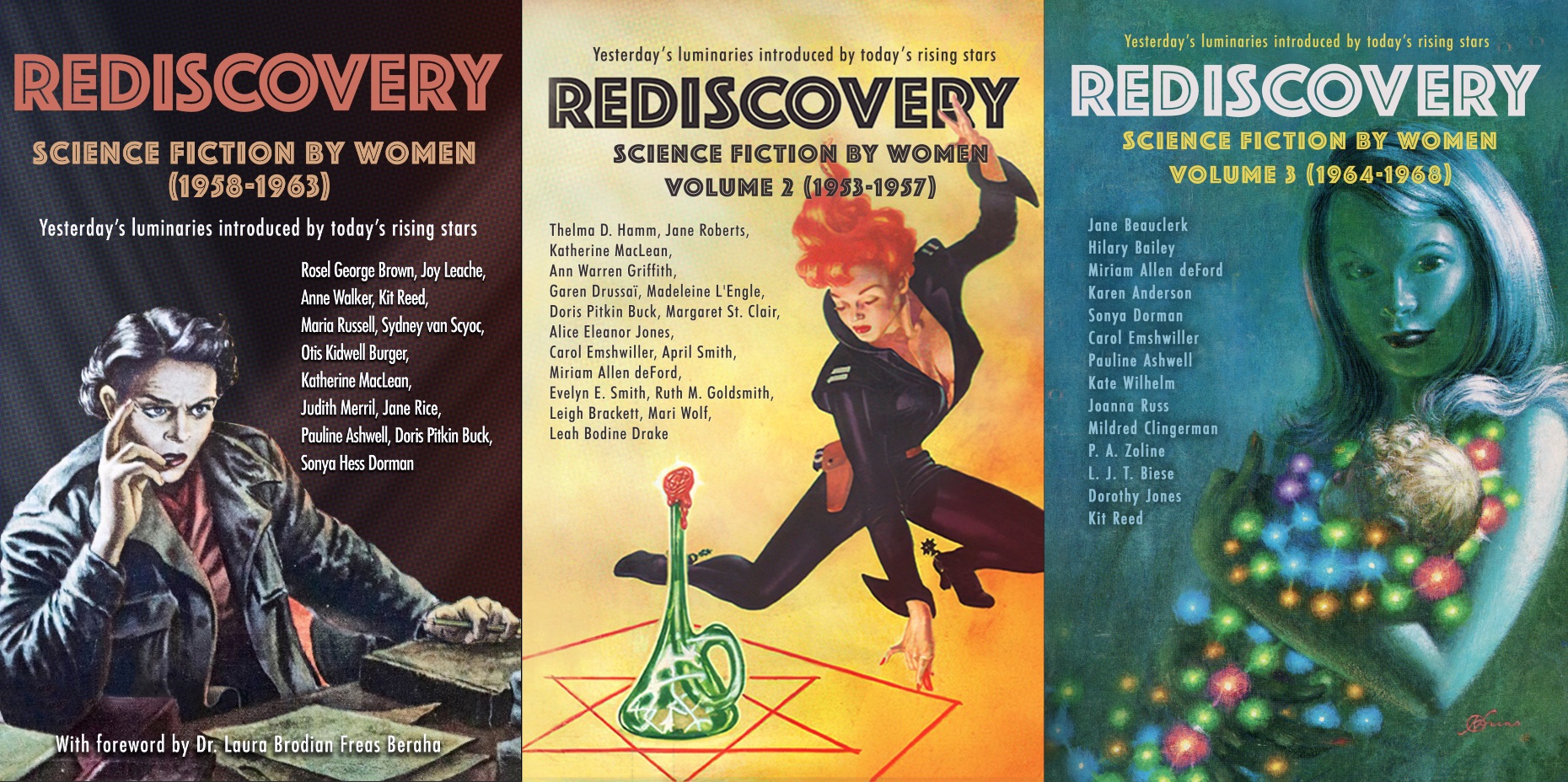
We're as broad a team as possible. 26 writers contribute to the Journey on a regular basis. They hail from around the world, from all demographics, ages, persuasions. Want West Germany? Try Cora Buhlert! Japan? Yo Aoyama!

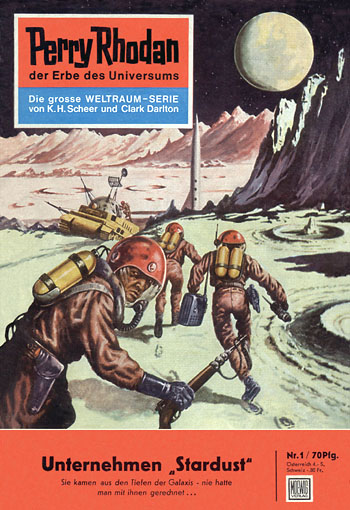

Every year, we put out the Galactic Stars. Forget the Hugos and Nebulas: THIS is the real list of the best SFF of the year.


Dig comic books? We cover those too!


How about wargames? We're nuts for those!


9) Not to mention almost every full-length SFF novel, television show, and movie released that week. Do you like The Twilight Zone? Check out our coverage.

Star Trek? Here you go.

10) Fiction is nothing without context. We cover the Space Race, the music, the fashion, the politics, the games, the technology. The Journey isn't just a 'zine—it's a portal to the past. See our Apollo coverage and Gwyn Conway's fashion column
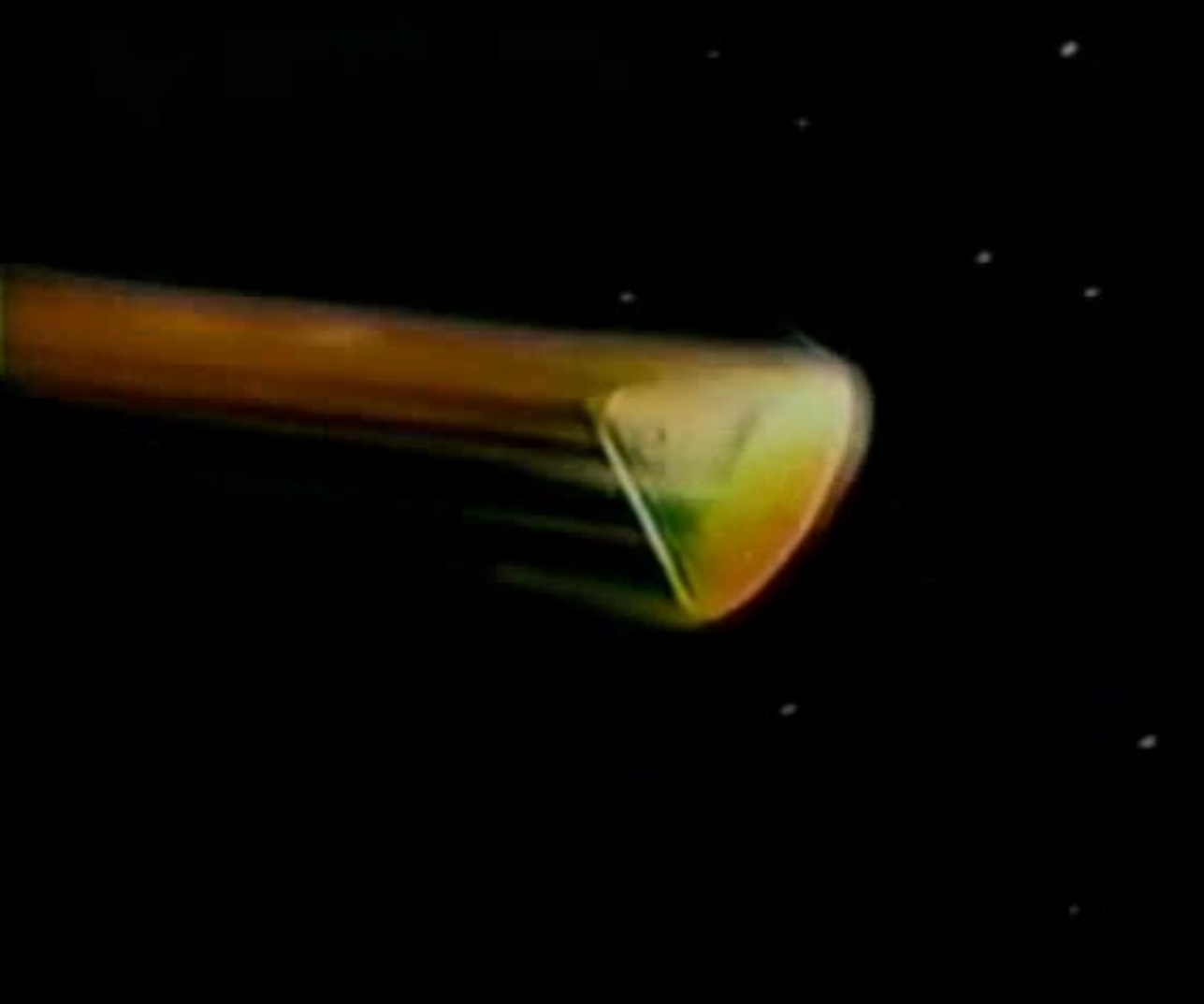
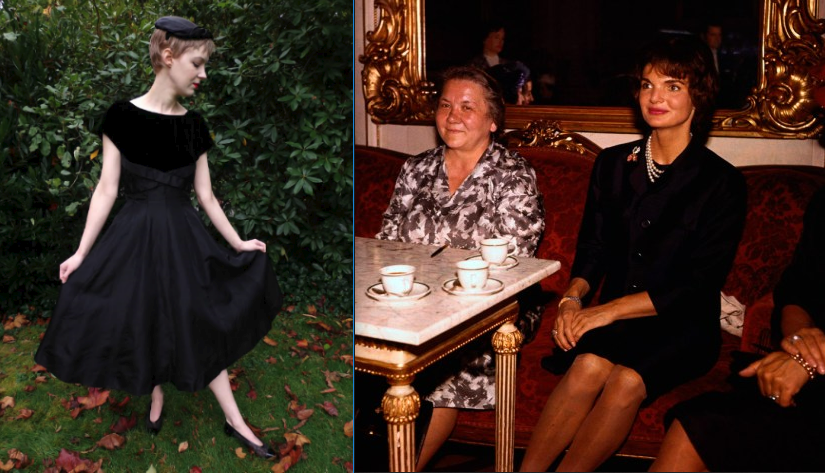
11) Beyond the articles, the Journey is SO much more. Read on:

12) Every Thursday, we broadcast Science Fiction Theater, a hand-picked anthology show featuring the best SFF to date. Twilight Zone. Outer Limits. The Prisoner. Supercar. Join us!

13) Every Saturday, our UK contingent broadcasts the original Star Trek as aired on the BBC, complete with a suite of other period programming. (We aired Trek on our US station from '66-'69). Come watch!

14) We recreate special events: July saw the Moon landing. In August, we had Woodstock: all three days, 70 hours (about 9 hours of sleep). Apollo 12 is happening RIGHT NOW:
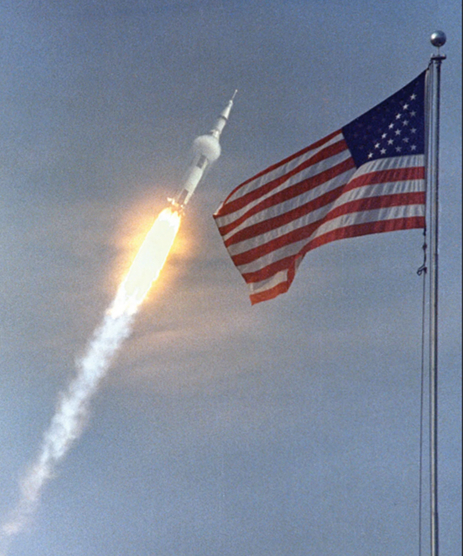
15) All of these can be enjoyed through Portal 55, our Discord Server. When we're not hosting special events, we are a real-time community of super nice, knowledgeable people who love to talk SFF! Also, a 1969 LARP!
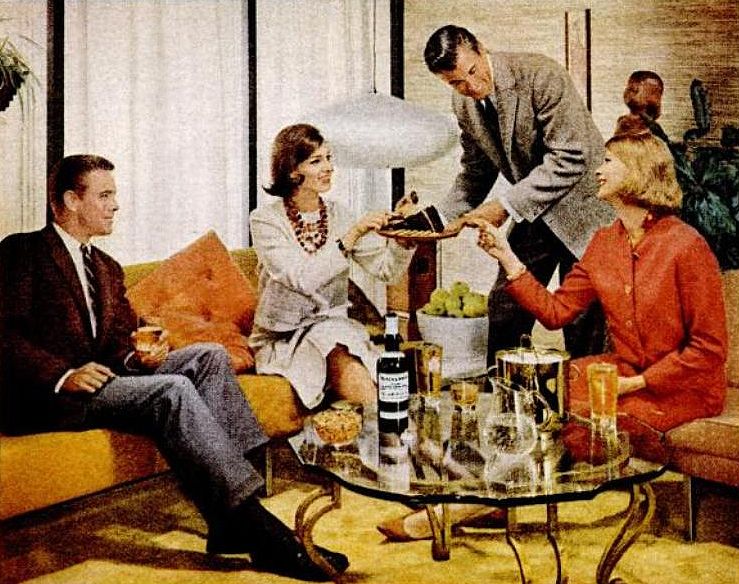
16) KGJ broadcasts 24/7 the coolest and latest tunes, updated almost daily. With a five day rotation, you'll never get bored. And KOLD plays the classics of the '50s, 3000+ songs, for nostalgia-lovers. Tune in!

17) We even have a museum! Come see our displays of period technology and household items, all actually in our physical collection.

So dive in! Enjoy, enjoy. And if you're digging it, leave comments and drop us a line!
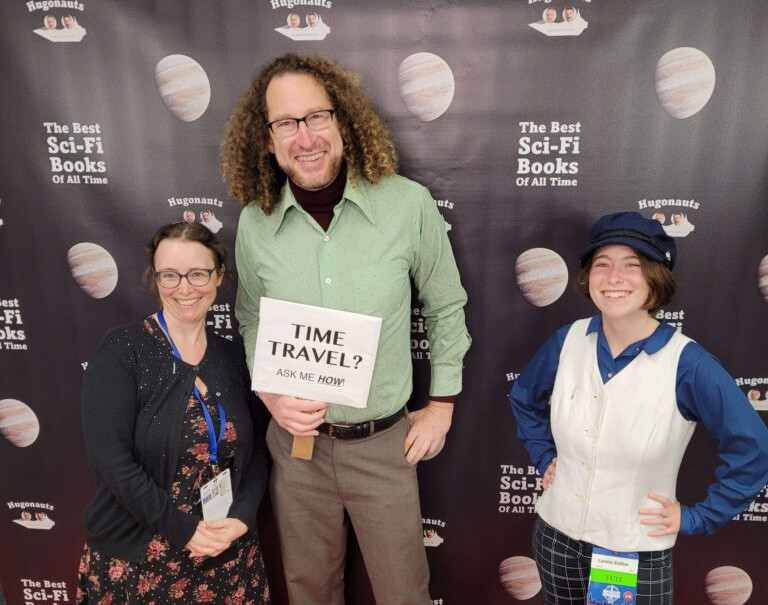





![[November 30, 1969] Capstone to a decade (December 1969 <i>Analog</i>)](https://galacticjourney.org/wp-content/uploads/2024/11/691130analogcover-672x372.jpg)
![[November 26, 1969] From the Earth to the Moon…and back (Apollo 12)](https://galacticjourney.org/wp-content/uploads/2024/11/691126crew-672x372.jpg)






























![[November 20, 1969] You say you want a revolution… (December 1969 <i>Fantasy and Science Fiction</i>)](https://galacticjourney.org/wp-content/uploads/2024/11/691120fsfcover-408x372.jpg)


![[November 12, 1969] Leadership initiatives (December 1969 <i>Galaxy</i>)](https://galacticjourney.org/wp-content/uploads/2024/11/691110galaxycover-672x372.jpg)


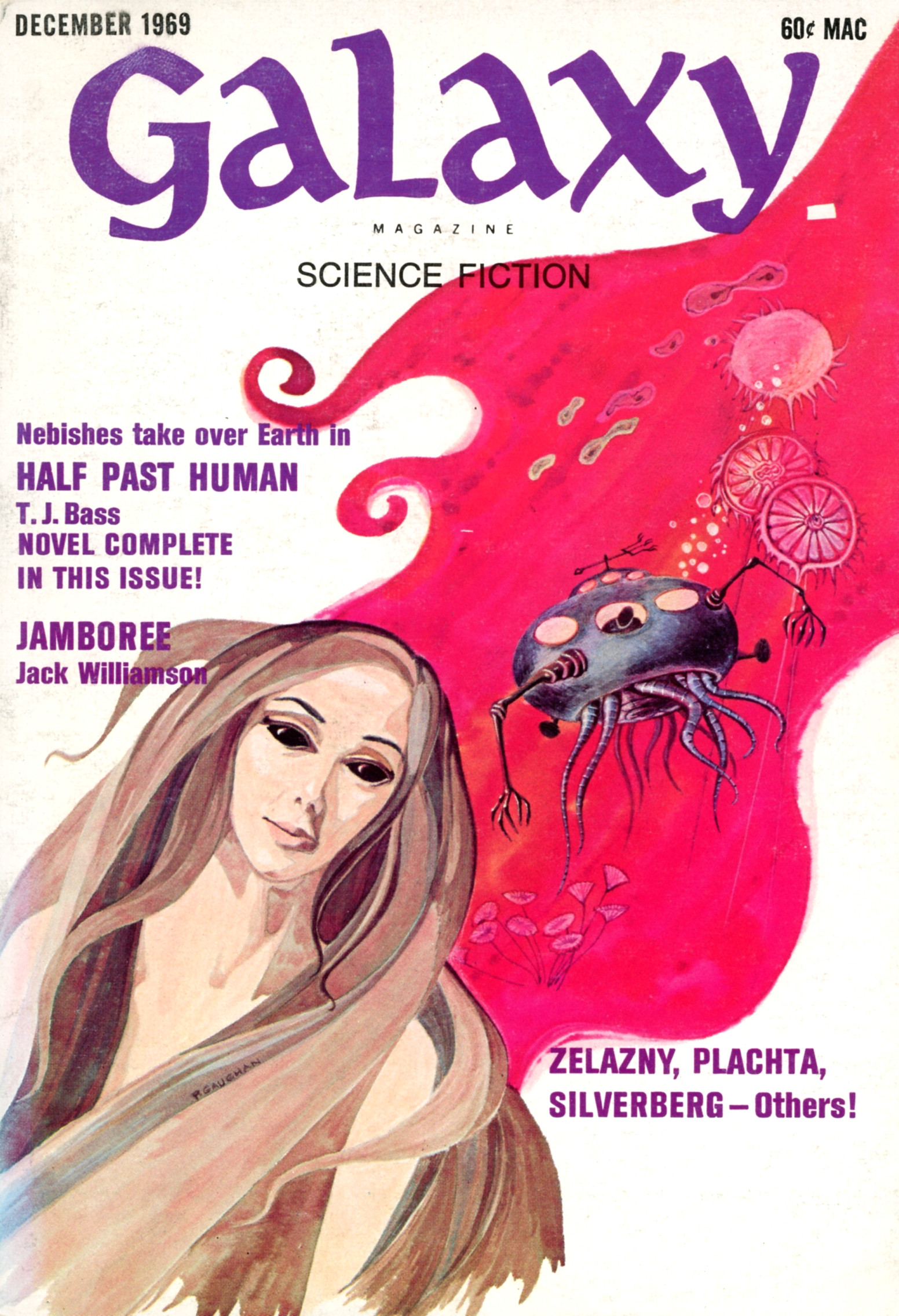
![[October 24, 1969] How sweet it isn't (November 1969 <i>Fantasy and Science Fiction</i>)](https://galacticjourney.org/wp-content/uploads/2024/10/691024fsfcover-639x372.jpg)

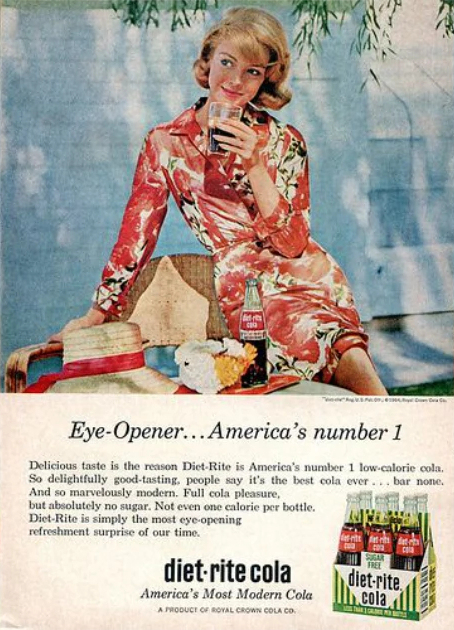


![[October 22, 1969] Three for Three! (the flights of Soyuz 6, 7, and 8)](https://galacticjourney.org/wp-content/uploads/2024/10/691022soyuzthree-672x372.jpg)
![[October 12, 1969] My country, right or… (November 1969 <i>Galaxy</i>)](https://galacticjourney.org/wp-content/uploads/2024/10/691010cover-460x372.jpg)


![[October 4, 1969] New kid in town (<i>Strategy and Tactic</i>'s wargame, <i>Crete</i>)](https://galacticjourney.org/wp-content/uploads/2024/09/691004crete-1-672x372.jpg)





![[Sep. 30, 1969] Decisions, decision (October 1969 <i>Analog</i>)](https://galacticjourney.org/wp-content/uploads/2024/09/690930cover-651x372.jpg)

.jpg)

